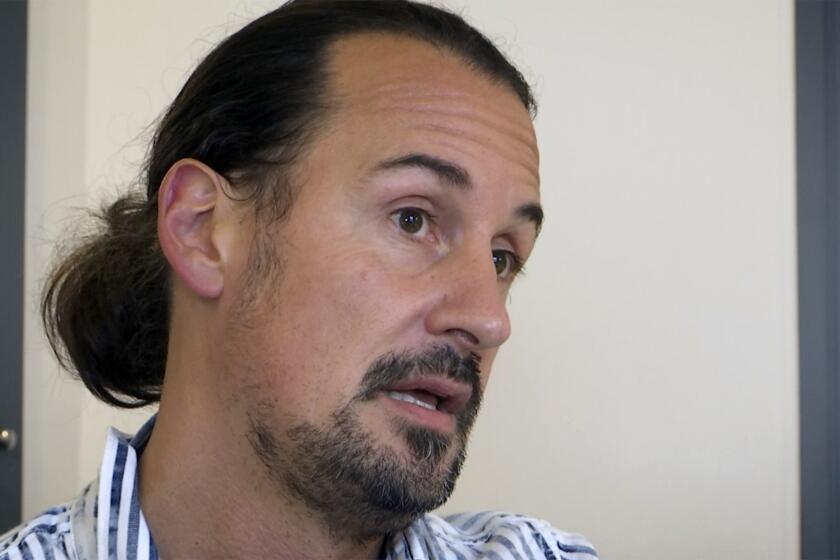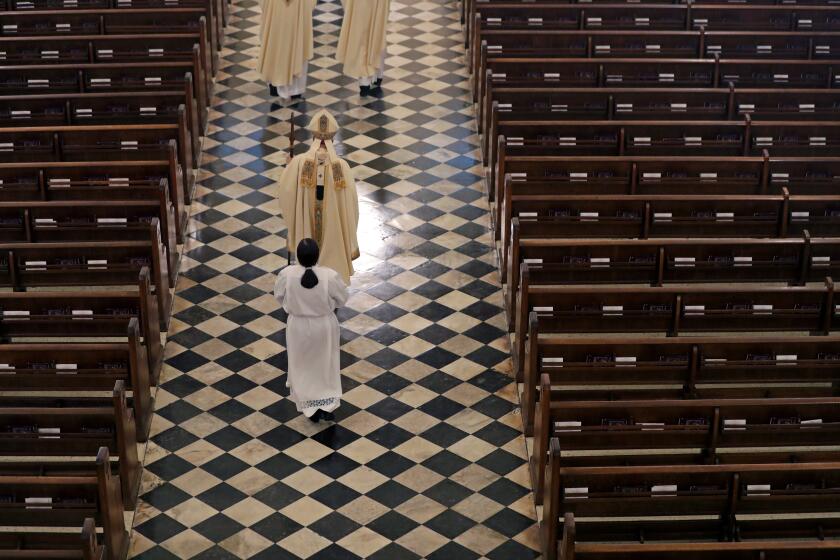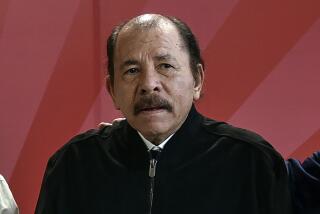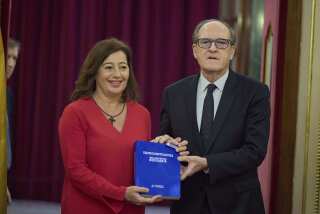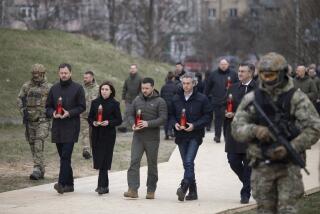Victims of church sex abuse in Portugal could number 4,800, report says
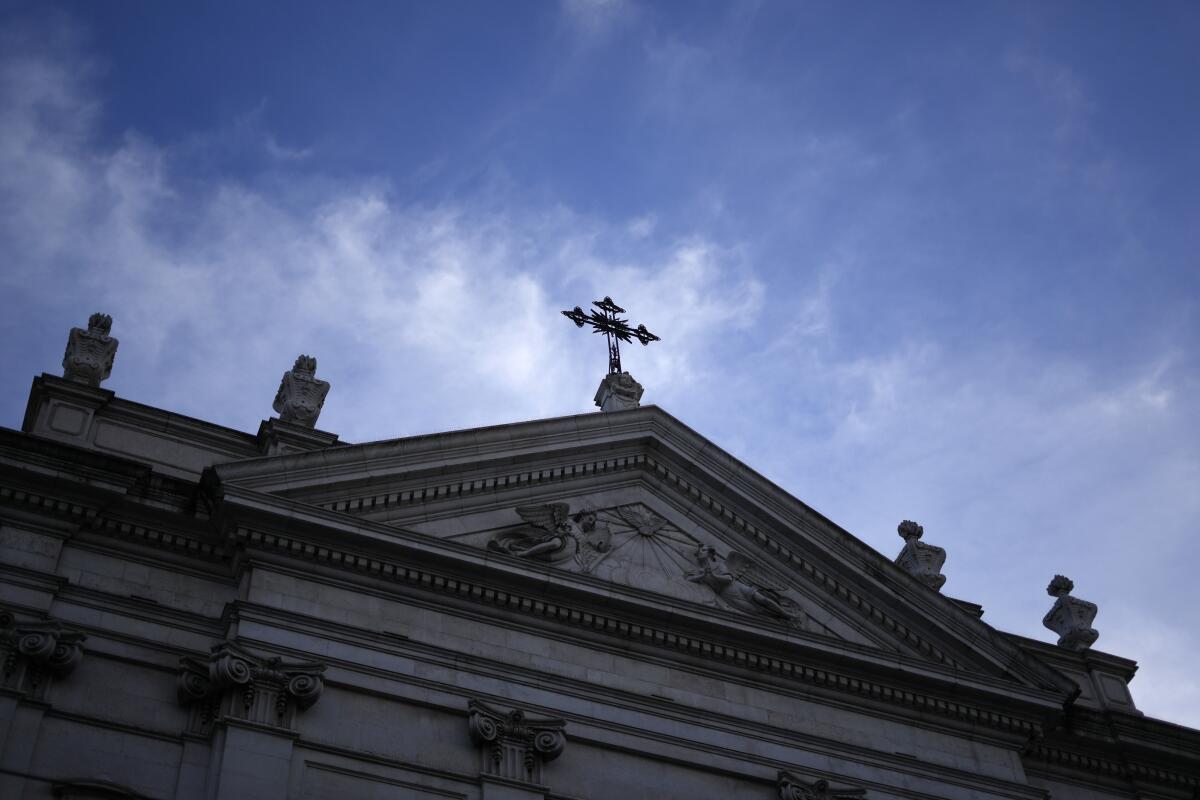
LISBON, Portugal — More than 4,800 individuals may have been victims of child sex abuse in the Roman Catholic Church in Portugal, with 512 alleged victims already having come forward, an expert panel looking into historic abuse in the church said Monday.
Senior Portuguese church officials had previously claimed that only a handful of cases had occurred.
Senior clergymen sat in the front row of the auditorium panel members read out some of the harrowing accounts of alleged abuse included in their final report. There were vivid and shocking descriptions.
The head of the Portuguese Bishops Conference, Bishop José Ornelas, said church authorities would study the panel’s 500-page report before giving an official response.
“We have seen and heard things we cannot ignore,” he told reporters. “It’s a dramatic set of circumstances. It won’t be easy to get over it.”
The Independent Committee for the Study of Child Abuse in the Catholic Church, set up by Portuguese bishops a little more than a year ago, looked into alleged cases from 1950 onward. The panel produced its final report Monday. Portuguese bishops are due to discuss the report next month.
A landmark French report says there have been about 330,000 victims of child sex abuse in the Roman Catholic Church in France over the last 70 years.
The panel said it regretted that the Vatican had taken so long to grant access to church archives. Permission came only in October, giving the panel just three months to go through written evidence of abuse.
The statute of limitations has expired on most of the alleged cases. Only 25 allegations were passed to prosecutors, the panel said.
The report, criticized by some as long overdue, came four years after Pope Francis gathered church leaders from around the world at the Vatican to address the sex abuse crisis in the church. That meeting was held more than 30 years after the scandal first erupted in Ireland and Australia and 20 years after it hit the United States.
Bishops and other Catholic superiors in many parts of Europe at the time continued to deny that clergy sex abuse existed or insisted on giving little weight to the problem.
An FBI investigation into clerical sex abuse in New Orleans looks specifically at whether priests took children across state lines to molest them.
Pedro Strecht, a psychiatrist who headed the panel in Portugal, said that it estimates the true number of victims during the period to be at least 4,415. That extrapolation was based on potential other victims mentioned by those who came forward.
The panel is not publishing the names of the victims, the identities of the alleged abusers or the places the abuses allegedly happened. However, it is to send to bishops by the end of the month a list of alleged abusers who are still active in the church.
The final report includes a separate — and confidential — annex of all the names of church members reported to the committee. The annex is being sent to the Portuguese Bishops Conference and to the police.
The Portuguese church hasn’t said whether it intends to pay compensation to any victims.
The six-person committee included psychiatrists, a former Supreme Court judge and a social worker.
Start your day right
Sign up for Essential California for the L.A. Times biggest news, features and recommendations in your inbox six days a week.
You may occasionally receive promotional content from the Los Angeles Times.
The report said that 77% of the abusers were priests, with other perpetrators being linked to church institutions. It added that 77% of victims didn’t report the abuse to church officials and only 4% went to the police.
It said 48% of those who came forward had spoken about the abuse for the first time. Most of the alleged victims were male, and 47% were female, the report said.
It said there were places in Portugal, such as some seminaries and religious institutions, that were “real black spots” for abuse.
The panel recommended that the statute of limitations on such crimes be extended to at least 30 years from the current 23 years.
More to Read
Sign up for Essential California
The most important California stories and recommendations in your inbox every morning.
You may occasionally receive promotional content from the Los Angeles Times.
